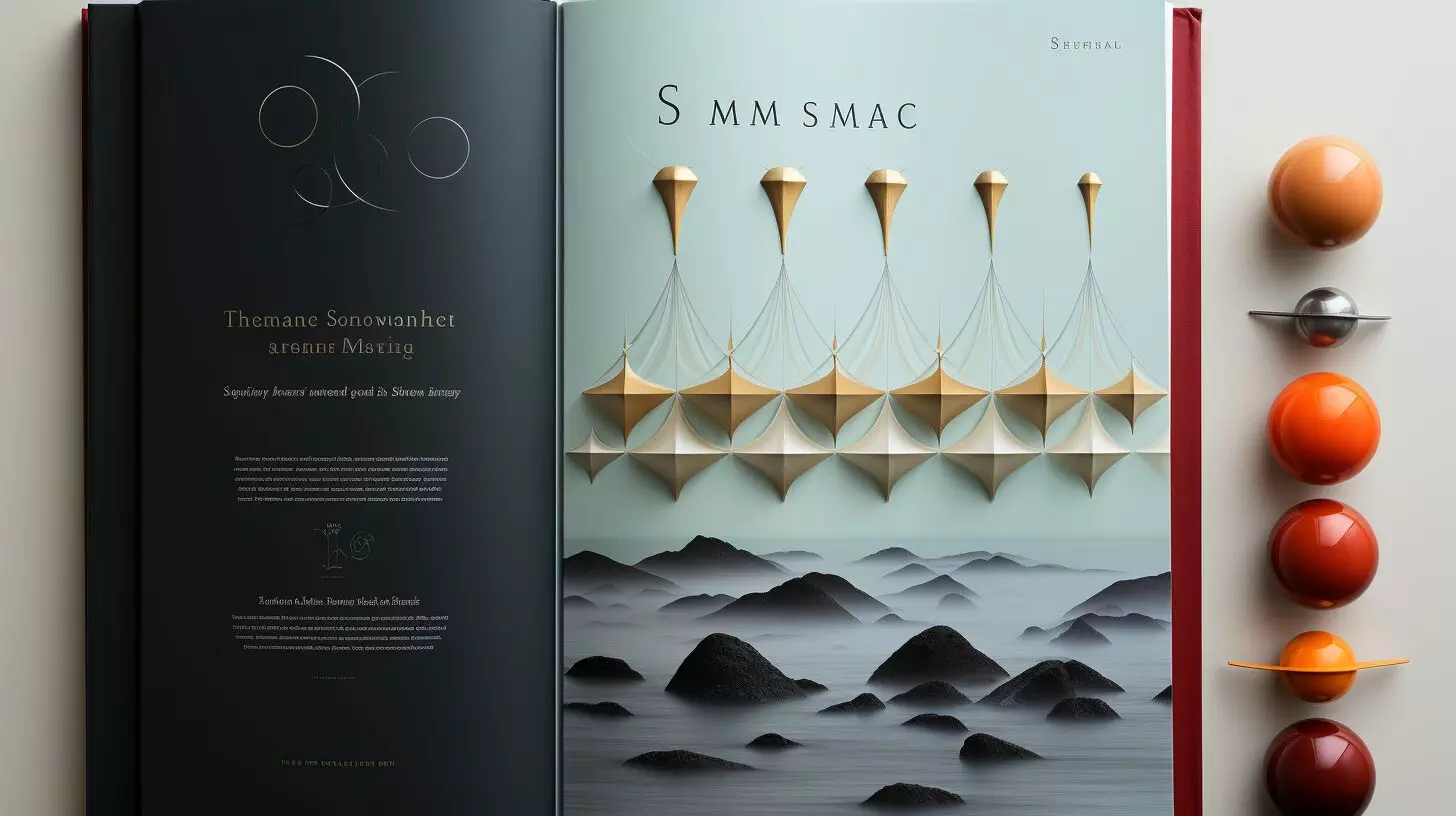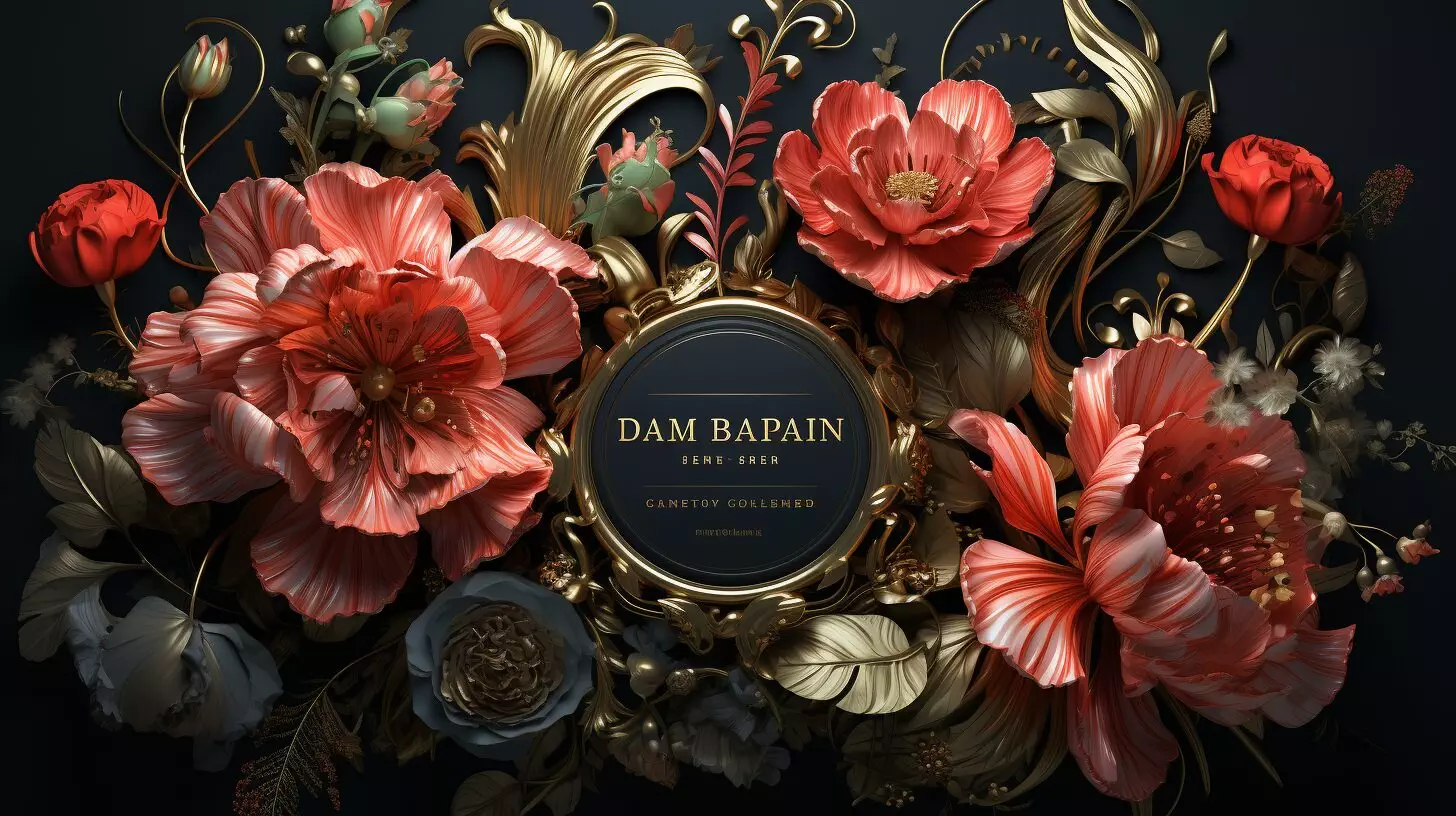Now is the perfect time to discover the best fonts that seamlessly complement Times New Roman!
What if you hit a wall with your Times New Roman: which secondary font can match its stately presence without overshadowing it? Font pairing is not just about finding a suitable match; it’s about creating a visual hierarchy and enhancing the overall impact of your text.
We’ll explore the art of combining fonts, and I’ll share expert insights to help you pair Times New Roman with fonts that complement and amplify your message.
Key Takeaways
- Master font pairings to create visual hierarchy and enhance text impact.
- Complement Times New Roman’s timeless elegance by pairing it with a bold, modern sans-serif font.
- Contrast complementary fonts to guide the reader’s eye and make key text stand out.
- Balance classic serifs like Times New Roman with casual sans serifs to add personality without sacrificing professionalism.
Understanding the Art of Font Pairings in Typography

Mastering the art of font pairings is crucial for creating visually appealing and coherent graphic and web designs. It’s more than combining letters and styles; it’s orchestrating a visual symphony where each typeface conveys the right message.
Times New Roman, with its attributes of reliability, readability, and professional grace, is a classic melody in typography. However, even the best tunes need a harmonious accompaniment to elevate them. Choosing the right font to complement Times New Roman can transform mundane text into an engaging narrative.
To ensure your font pairing works, consider the mood, context, and purpose of your design. Are you aiming for a traditional feel or something more modern? This will guide your hand when picking the best font pairings.
Characteristics of the Best Font Families to Pair with Times New Roman

While Times New Roman stands as a testament to classic typography, pairing it with a sans-serif font can create a striking visual balance for your design. The perfect font pairing honors the timeless elegance of this classic serif while injecting a modern twist with a sans-serif counterpart.
The best fonts that go well with Times New Roman offer readability and visual contrast. Bold sans-serif fonts complement the traditional vibes of Times New Roman with their clean and minimalistic lines, making for an eye-catching and contemporary look.
Venture into the vast world of free Google font families, seeking fonts that mirror the proportion and flow of Times New Roman but offer a stark contrast with their sans-serif anatomy.
Making a Statement with the Right Display Fonts that go well with Times New Roman

Pairing Times New Roman with the right display fonts makes a bold statement that marries classic and contemporary styles. The right display font speaks volumes without overshadowing the reliable presence of Times New Roman.
A headline font with a modern twist can set the stage for your content, engaging your audience right from the start. However, there’s a finesse to matching a bold display font with Times New Roman’s subtlety. The chosen display font should be robust for headlines but not so overbearing that it detracts from the message.
The Science Behind Contrasting Fonts and Successful Font Combinations

The science behind contrasting fonts entails creating combinations that enhance readability and style. It’s a balance between similarity and difference, akin to a dance of visual elements that captivate your audience’s eyes.
Here’s how to apply this science to pair fonts successfully:
- Harmony and Contrast: A classic serif font like Times New Roman can dance with a clean sans serif like Helvetica, creating a visual hierarchy that guides the reader’s eye.
- Size and Weight: The contrast in weight between fonts like Courier New and Times New Roman makes the important text stand out while maintaining elegance.
- Mood and Tone: Pairing Times New Roman with a more casual sans serif adds personality to your design without sacrificing professionalism.
- Functionality: Fonts should pair well in various contexts and enhance the reading experience across all devices.
Can the Cursive Font be Paired with Times New Roman for a Stylish Look in 2024?
Yes, pairing the best cursive font for calligraphy with Times New Roman can create a stylish and elegant look. In 2024, this combination will give a sophisticated and modern touch to any design, whether it’s for print or digital purposes. Try it out and see the stunning results!
Preview: The Best Font Pairings with Times New Roman

Times New Roman pairs beautifully with a variety of typefaces to create compelling and aesthetically pleasing designs. Pairing it with a serif font like Georgia maintains a scholarly vibe, while a sans-serif counterpart like Arial or Calibri offers a balance between a timeless feel and modern clarity.
Creative font combinations, like pairing Times New Roman with a script font like Great Vibes for headings, can add a personal touch and unique flair.
Conclusion
This exploration of font pairings shows how to make Times New Roman shine. Balance, contrast, and harmony are key. Choose complementary fonts that reflect your document’s tone and purpose. Whether it’s a strong display font or a subtle sans-serif, your choices can elevate the mundane to the extraordinary.
Now, mix and match, and let your words come to life on the page. You’ve got this!
Frequently Asked Questions
What Two Fonts Look Good Together?
Try pairing a classic serif like Times New Roman with a clean sans serif like Helvetica for a harmonious balance and a professional vibe.
How Do I Choose a Font Pair?
Choose a font pair by considering harmony and contrast, ensuring they complement each other. Look at x-height, weight, and style, and trust your eye.
What Is a Better Font Than Times New Roman?
For a similar serif style with a fresh twist, consider fonts like Georgia or Garamond; they’re both highly readable and offer a touch of elegance.
What Is an Elegant Font Like Times New Roman?
For elegance akin to Times New Roman, consider Garamond or Baskerville for a polished, professional look in your documents.

